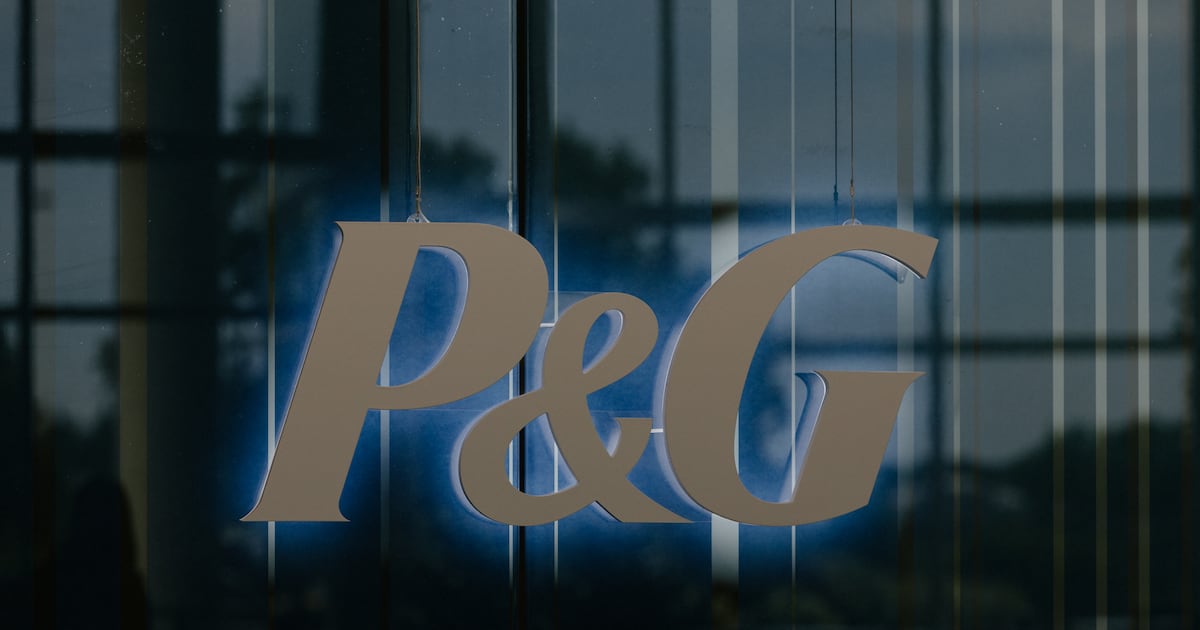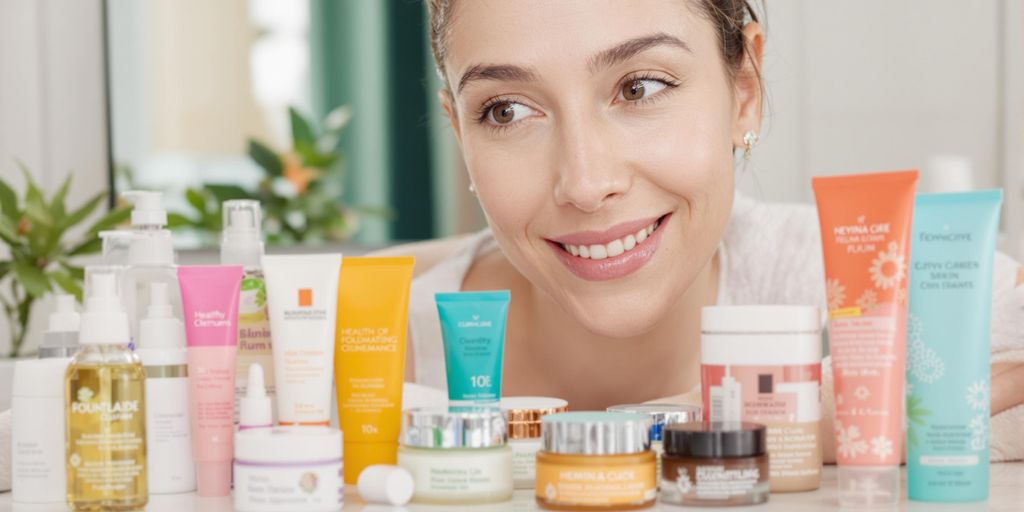Procter & Gamble Co. reported a second consecutive quarter of slow sales growth, primarily impacted by minimal price rises and poor performance in key sectors like skin and baby care. During the first fiscal quarter (ending September 30), organic sales, excluding fluctuating factors like currency changes, grew by just 2%. This remained on par with the last quarter and considerably lower than last year’s increases.
Unexpected setbacks emerged in the beauty sector, highlighted by the notable downfall in skincare sales and decreased volume caused by low performance of SK-II, a premium brand retailed in China. On a positive note, the slump was somewhat balanced by the fabric and home care department, incorporating the Tide laundry detergent brand that surpassed projected figures through increased volumes.
Procter & Gamble’s shares dropped by 1.2%, taking into account the company’s trading sans the dividend payout rights. The share value had seen an 18% increase throughout the year until Thursday, lagging behind the 22% uplift in the S&P 500.
Signs of shaky areas mainly occur in Middle Eastern and Chinese regions, as stated by Raymond James’ analyst, Olivia Tong. Notwithstanding, the management did not iterate any new worrying impediments amidst the continually increasing concern surrounding consumer growth.
Positioning against the past quarter, the company’s outcomes projected an aspect of stability, even as growth did not match Wall Street’s anticipations by a significant difference. The corporate giant reassured investors by reiterating its revenue and earnings targets, predicting an increase of up to 5% in organic sales for the continuing fiscal year, suggesting an upward trajectory in the future quarters.
Procter & Gamble asserted it was a comparably gentle quarter regarding the top line, commented CFO Andre Schulten. He accredited the disappointing results to ongoing issues in China and the Middle East that strained the profits. Civil unrest in the Middle East triggered boycotts and a subsequent decline in consumption, while reduced consumer trust adversely affected China. Schulten emphasized that the corporation kept a strong core, despite these obstacles.
However, the indications suggest that Procter & Gamble might find it difficult to return to its earlier rapid expansion pace, emphasizing China as the primary roadblock for consumer goods manufacturers. Schulten reported a 15% drop in organic sales in Greater China for the quarter.
To counteract this, the firm has been seeking to enhance performance through premium products such as all-body deodorants and different body part-specific razors, allowing more scope for increased prices with the help of new products and features.
Furthermore, the company’s profitability gauge, the first-quarter adjusted gross margin, hit projections despite undesirable commodity costs. Also, while the pace of price raises significantly decelerated, Schulten does not anticipate them to recede. He added that neither industry trends nor cost development warranted a deflationary adjustment for them or for the industry, asserting that current trends in consumer stockpiling of paper goods due to the US port strike, would not impact the ongoing quarter.
This quarter saw a decrease in volumes in the baby care category. Despite the company recently launching an upgraded version of its Luvs baby diapers, Schulten suggested it’s early to gauge the outcome. The latest variant, termed Platinum, has been marketed for its superior softness and absorptive capabilities.
For China, Procter & Gamble aims to pinpoint advertising more accurately. Besides skincare, other sectors in China have demonstrated weakness, notably in oral care. Schulten voiced concerns about a persistently negative consumer sentiment in China, with the average consumer’s net worth largely consisting of stock market investments and real estate, prompting cautious spending habits.





![“Kerassentials Review” : [My Updates Reviews 2024] — Does It Work & Is It Safe? 4 049e8bfe 6112 4c16 aa9b b331dee37d90 “Kerassentials Review” : [My Updates Reviews 2024] — Does It Work & Is It Safe?](https://beautinews.com/wp-content/uploads/2024/10/049e8bfe-6112-4c16-aa9b-b331dee37d90.jpg)